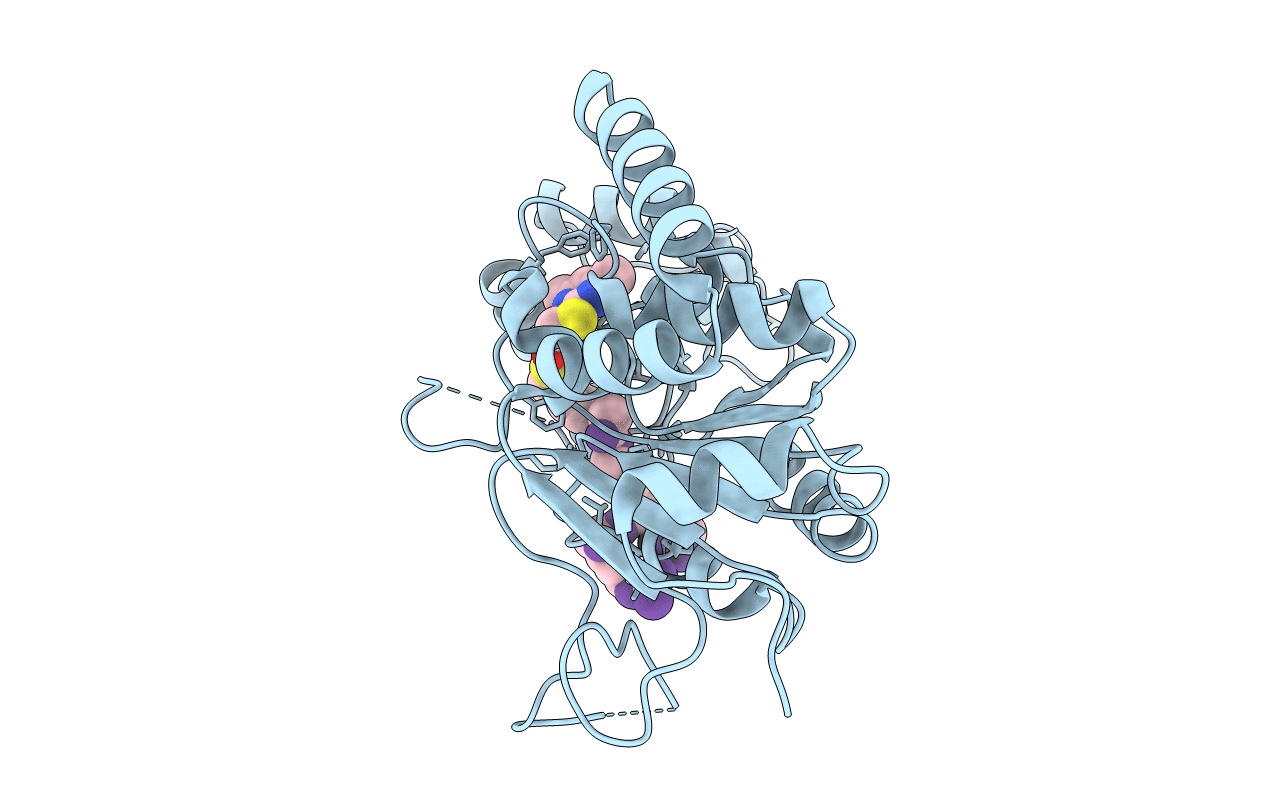
Deposition Date
2014-10-21
Release Date
2015-02-25
Last Version Date
2024-10-09
Entry Detail
PDB ID:
4RMI
Keywords:
Title:
Human Sirt2 in complex with SirReal1 and Ac-Lys-OTC peptide
Biological Source:
Source Organism:
Homo sapiens (Taxon ID: 9606)
synthetic construct (Taxon ID: 32630)
synthetic construct (Taxon ID: 32630)
Host Organism:
Method Details:
Experimental Method:
Resolution:
1.45 Å
R-Value Free:
0.28
R-Value Work:
0.25
R-Value Observed:
0.26
Space Group:
P 1 21 1


